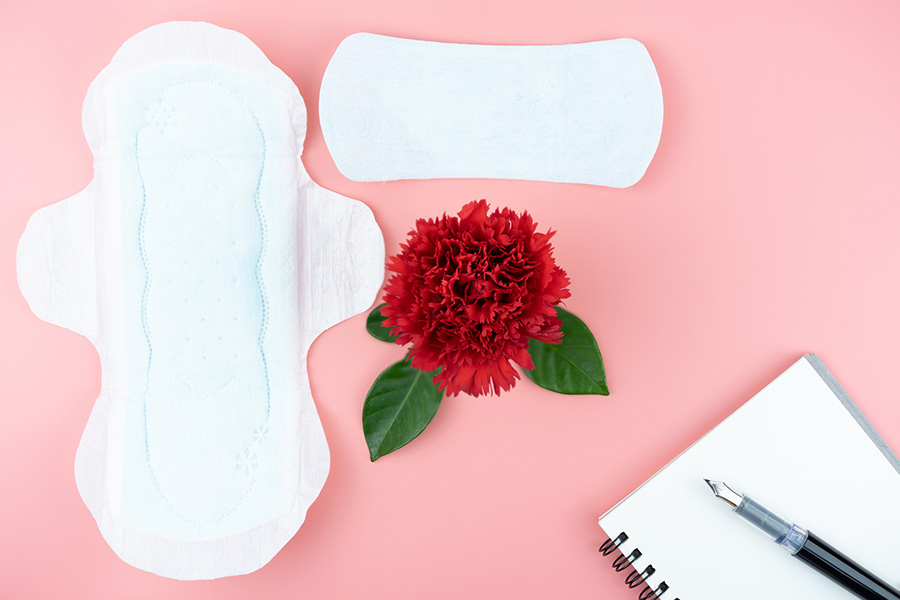
Government, policymakers, and NGOs should focus on creating comprehensive menstrual health and hygiene programmes, including educational programmes and mass media campaigns, while increasing focus on disadvantaged communities.
Authors
Karan Babbar, Assistant Professor, Jindal Global Business School, O.P. Jindal Global University, Sonipat, Haryana, India.
Vandana, Assistant Professor, Jindal Global Business School, O.P. Jindal Global University, Sonipat, Haryana, India.
Ashu Arora, John Hopkins School of Advanced International Studies, Washington, DC, USA.
Summary
Scheduled Caste (SC) and Scheduled Tribe (ST) women in India have relatively lower usage of period products than women of the General category. This paper attempts to understand and uncover the social factors explaining inequalities in the period product usage among these groups. This paper uses data from the National Family Health Survey (NFHS-5), conducted in 2019–21, for this study, with a sample of 49,136 SC, 44,392 ST, and 41,045 General caste women in the age group of 15 to 24 years. Using the Fairlie decomposition method, we explain the inequalities in the period product usage between SC, ST, and general categories.
Differences in wealth index (SC-Gen: 49.54%; ST-Gen: 46.6%), respondent’s education level (SC-Gen: 22.85%; ST-Gen: 17.3%), watching television (SC-Gen: 09.44%; ST-Gen: 10.1%), reading newspaper (SC-Gen: 08.71%; ST-Gen: 05.09%), and toilet facility (SC-Gen: 06.36%; ST-Gen: 03.05%) account for a large portion of the gap in the period product usage among these groups.
Government, policymakers, and NGOs should focus on creating comprehensive menstrual health and hygiene (MHH) programmes, including educational programmes and mass media campaigns, while increasing focus on disadvantaged communities, viz. SCs and STs to make the necessary nudge for girls and women to adopt hygienic menstrual practices.
Published in: The Journal of Development Studies
To read the full article, please click here.


